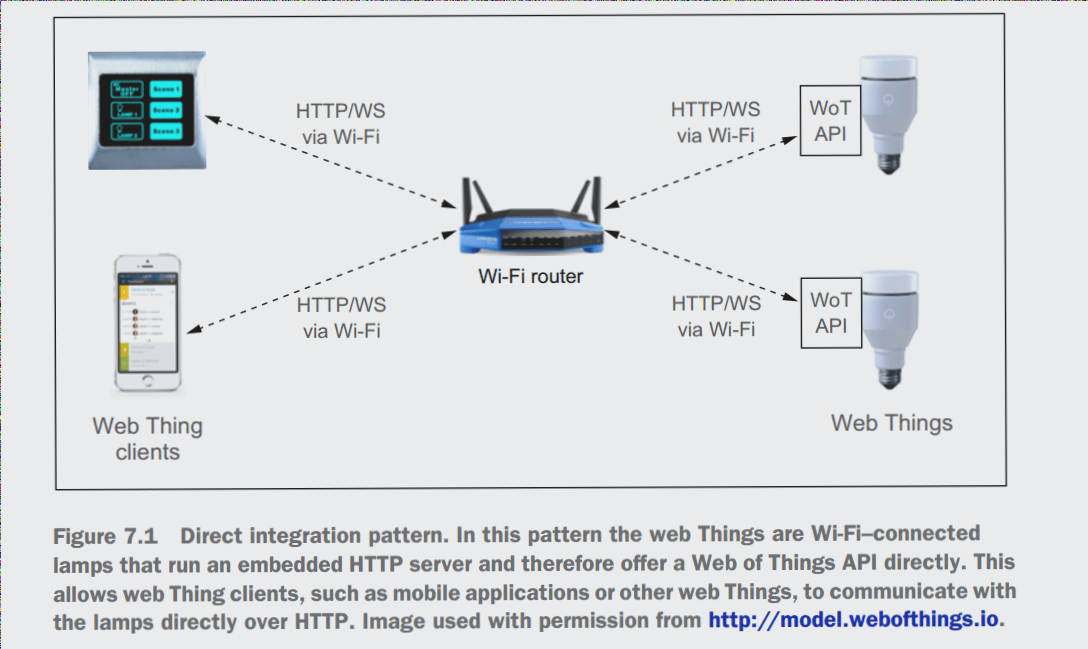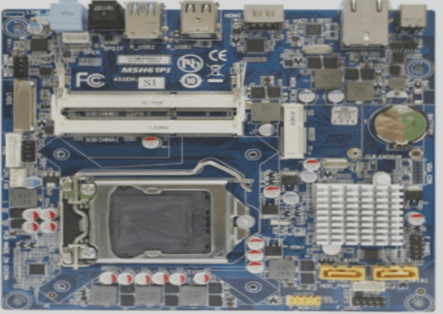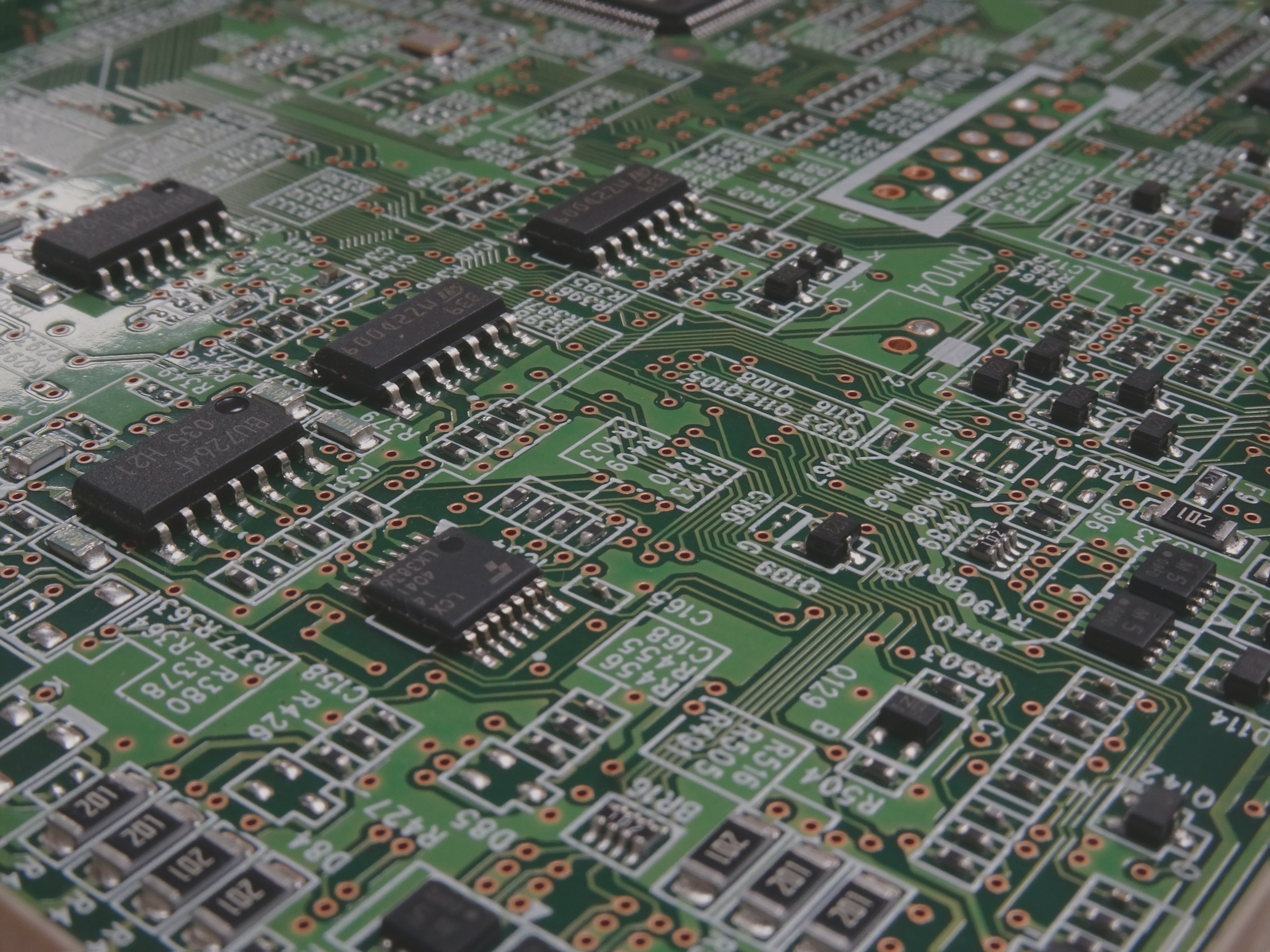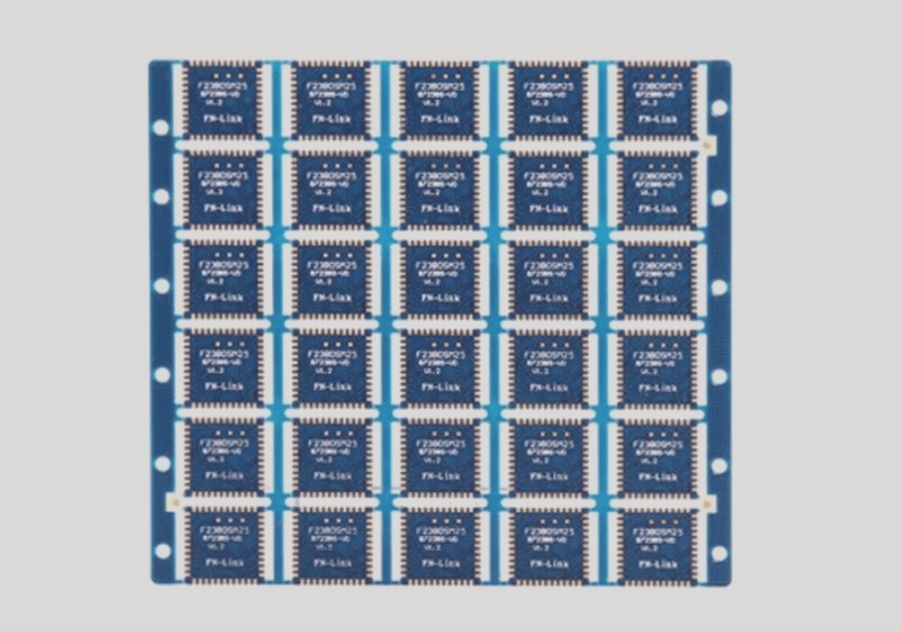Effective Heat Dissipation Techniques in PCBs
Electronic equipment generates heat during operation, which can lead to overheating and device failure if not managed properly. Heat dissipation is crucial for the reliability of a circuit board. Let’s explore some techniques for effective heat management in PCBs:
Heat Dissipation Through PCB Substrates
Heat is dissipated through the PCB itself. Commonly used substrates like copper-clad epoxy glass cloth and phenolic resin glass cloth have limited heat dissipation capabilities. To address this, heat must be transferred from component surfaces to the surrounding air. With the miniaturization and high-density installations of electronic products, relying solely on surface heat dissipation is inadequate. Enhancing the thermal management capabilities of the PCB in direct contact with heat-generating elements is essential for effective heat transmission.
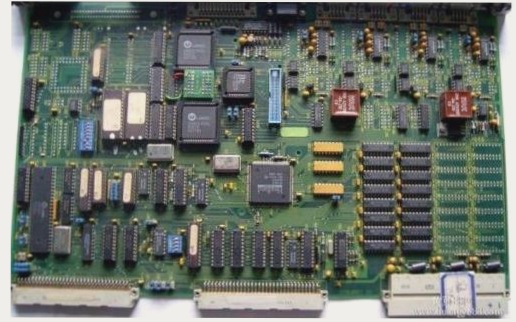
PCB Layout Recommendations for Heat Dissipation
- The thermal sensing device should be placed in the cooler air zone.
- The temperature detection device should be positioned in the hottest location.
- Organize devices based on their heat generation and dissipation characteristics.
- Place high-power devices close to the edge of the board horizontally and near the top vertically.
- Consider airflow path in the design to ensure efficient heat dissipation.
- Position temperature-sensitive devices in the coolest area and stagger devices horizontally.
- Locate high-power devices near effective heat dissipation areas.
Component Spacing Recommendations:
Avoid placing high-heat devices at the corners or edges of the printed board unless accompanied by a heat sink. Opt for larger power resistors to ensure adequate heat dissipation space during layout.
Effective Heat Dissipation Strategies for PCB Design
When designing PCBs for high-heat devices, it is crucial to implement efficient heat dissipation methods to prevent overheating and ensure optimal performance. Here are some key strategies to enhance heat dissipation in PCBs:
1. Utilize Heat Sinks or Thermal Conduction Boards
- For a few high-heat components, consider adding a heat sink or thermal pipe.
- For larger quantities of heating components, use a customized large heat dissipation cover tailored to the positioning and height of the elements.
- Enhance heat transfer by adding a soft thermal phase change conduction pad on component surfaces.
2. Optimize Component Placement
- Organize devices into zones based on calorific values and heat dissipation levels.
- Position low heat-generating devices at the cooling air inlet and high heat-generating devices downstream.
- Place temperature-sensitive devices in cooler zones and stagger devices horizontally for better cooling.
3. Consider Airflow and Layout
- Analyze airflow paths during design to ensure optimal heat dissipation.
- Avoid large air gaps and cluster hot spots on the PCB.
- Arrange high-power devices near effective heat dissipation zones and avoid placing heat-intensive devices at corners or edges without nearby heat sinks.
4. Evaluate Thermal Efficiency
- Calculate the equivalent thermal conductivity of the insulating substrate to assess heat dissipation capability.
- Use thermal efficiency analysis software to optimize circuit layouts and distribute power evenly to prevent hot spots.
By implementing these strategies, PCB designers can effectively manage heat dissipation and ensure the reliable operation of high-heat devices.

